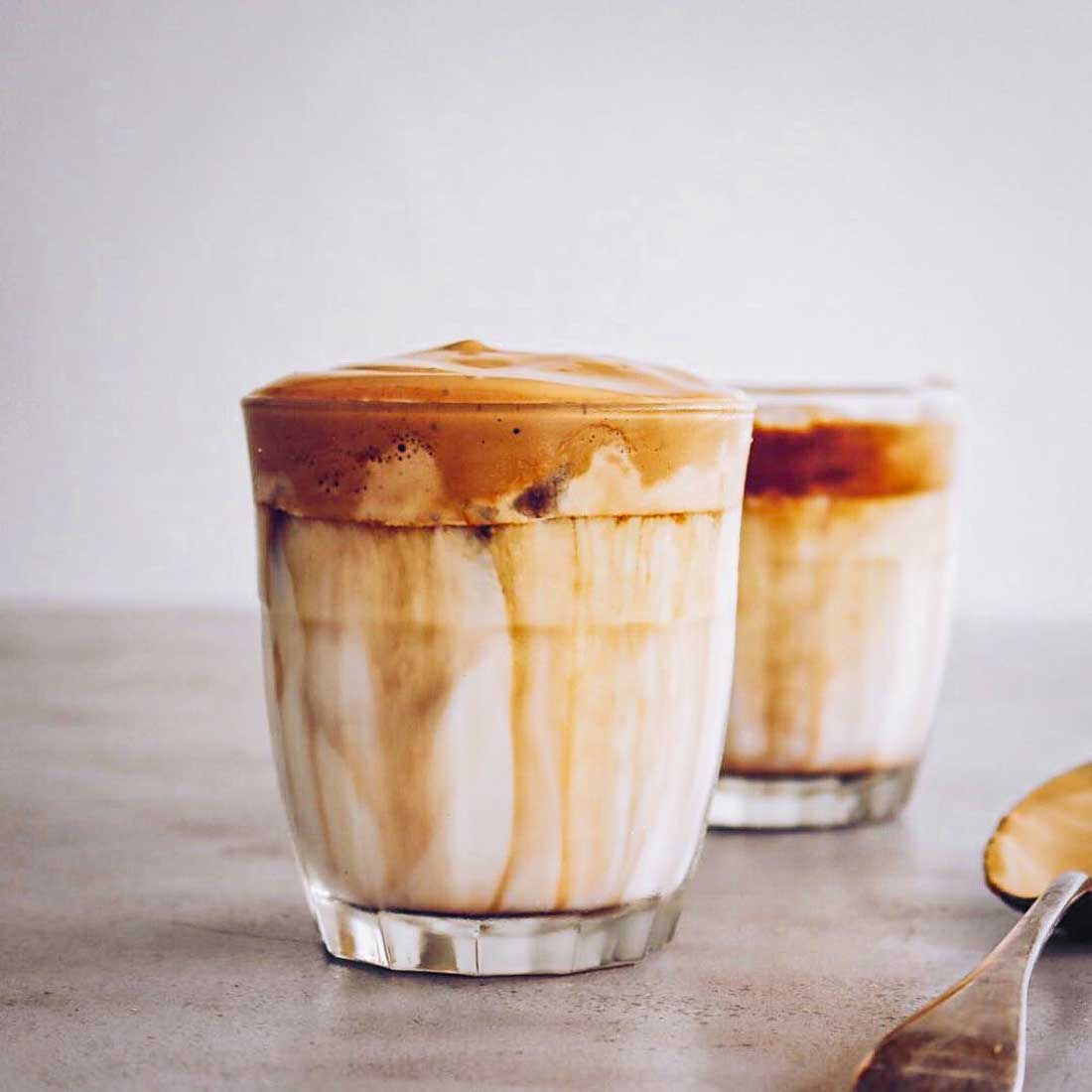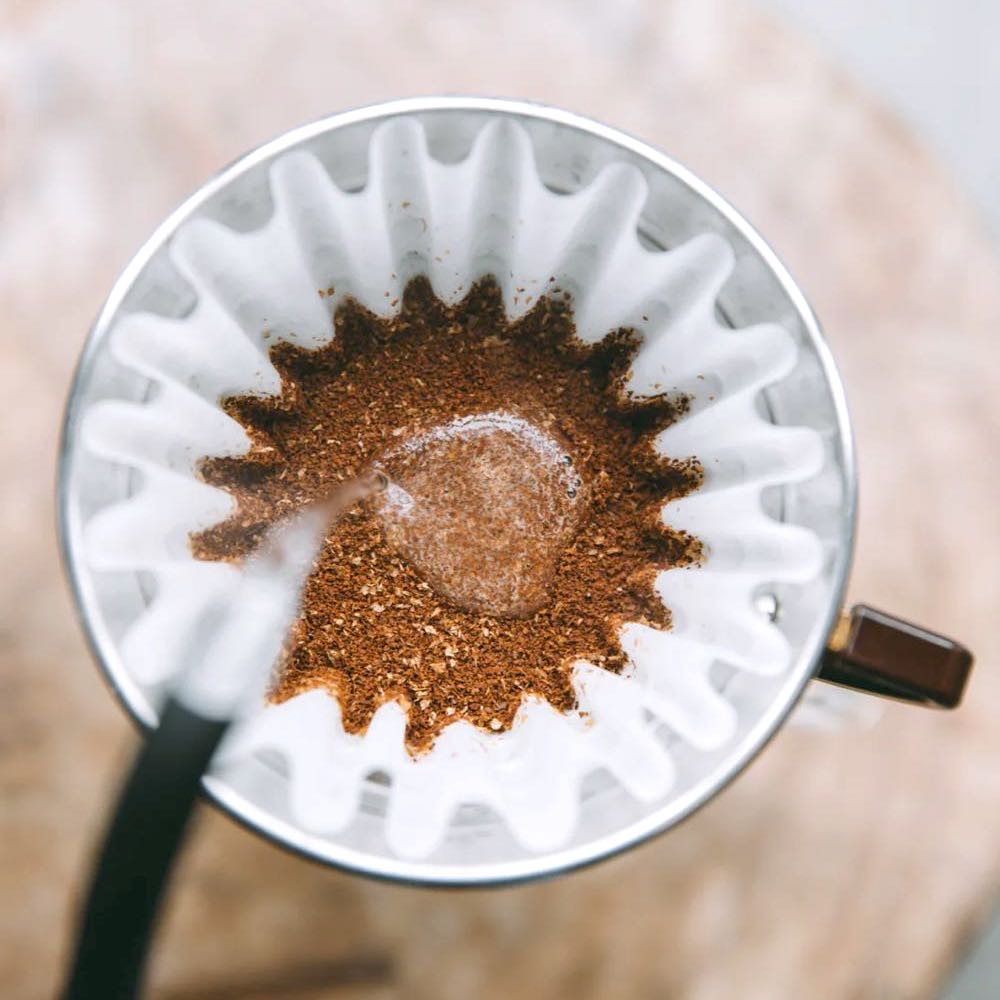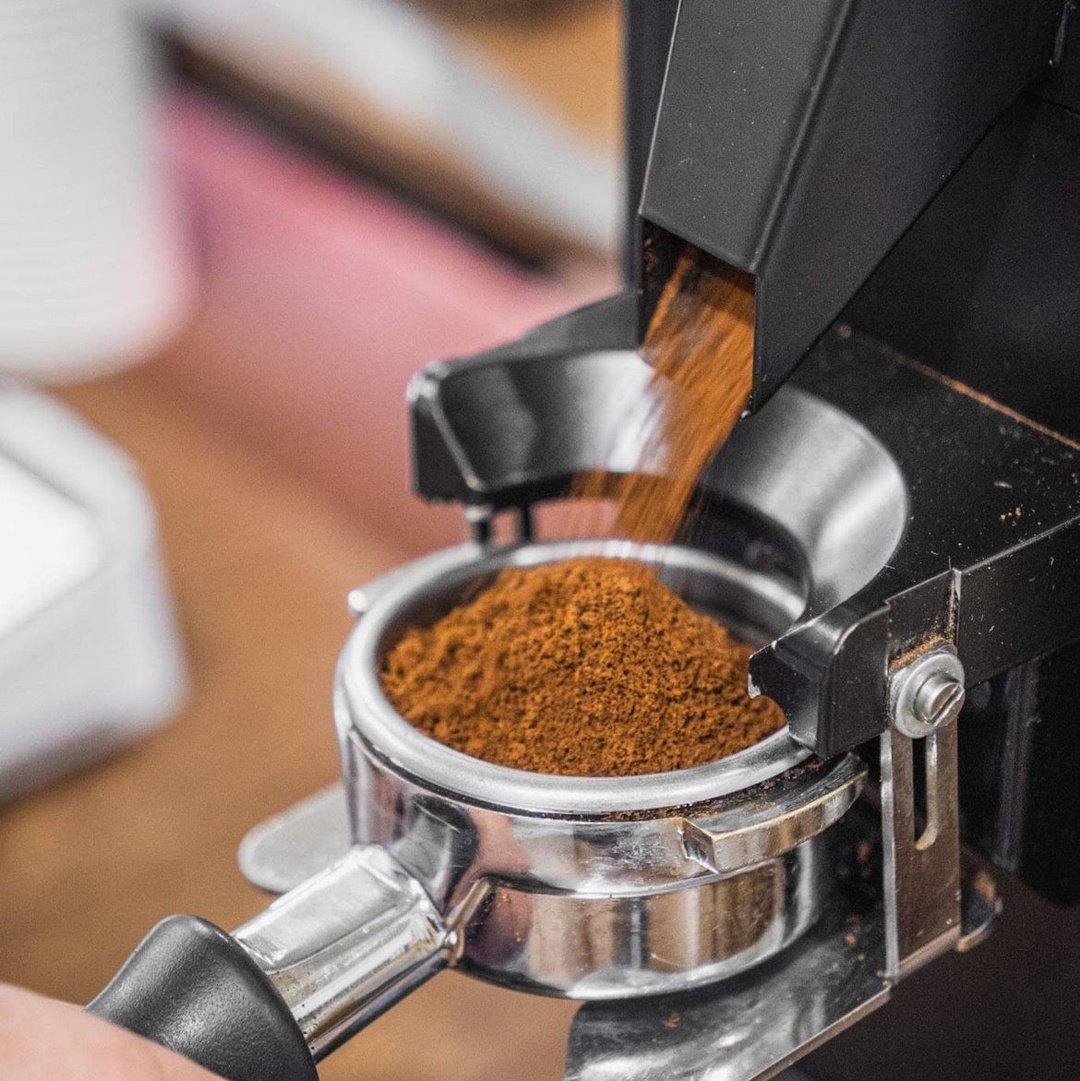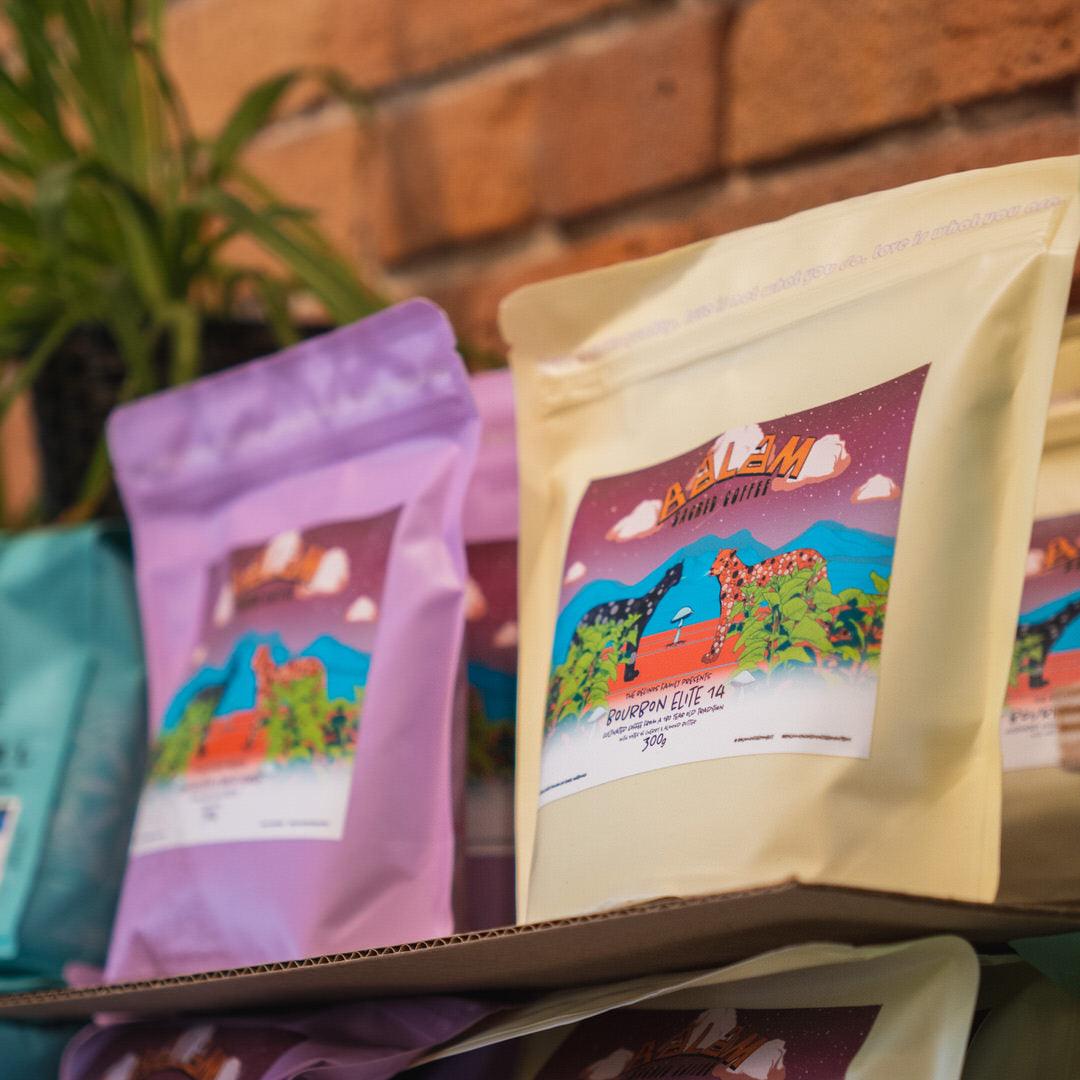Making espresso at home can be a mystery, but with our guide, you'll learn the art of grinding coffee beans and dialing in your espresso. The size of your grind affects the brewing method, flavor, and caffeine content, so let us help you perfect your at-home espresso game.
How to dial in for espresso
Getting the perfect espresso can be a daunting task, with many variables to consider, such as the grind of the coffee beans and the amount of water used. But fear not, we're here to help. Before we dive into dialing in your espresso, there are a few key things you should keep in mind to ensure the best results.
First, make sure your coffee beans are fresh. Old beans will have lost much of their flavor and won't produce a good cup of coffee. Second, make sure you have consistent puck preparation, we made a blog on it! Finally, clean your machine regularly to ensure that your coffee tastes great.

Parameters
Dose
The dose is the amount of coffee you'll use for each brew. A general rule of thumb, espresso should be around 18 grams of coffee. However, the dose you should use depends on the size of your portafilter basket. Some baskets are rated for 15g and some up to 23g. If your espresso puck is muddy, it's probably because there isn't enough coffee. It's best to use a scale to measure.
The dose is a variable that doesn't change. Once it is set, don't go back and change it as it is the foundation for all of the other calibrations.
Yield
The yield is the amount of coffee you'll end up with after brewing. It's usually measured as a ratio of the dose. A 1:2 brew ratio means that for every gram of dose in, you get 2 grams of yield out. This is the second parameter that we will set.
The yield is highly dependent on the coffee used. Let's say you have a dark roast, it will be much easier to extract and you will be able to use a lower brew ratio. For a dark roast, you can go for a 1:1.5 ratio, and medium roasts around 1:2. Light roasts on the other hand need more work. You might need to go for a 1:2.5 up to 1:4!
Brew Time
Brew time is the amount of time it takes from the moment you turn on your espresso machine to when you stop it. The extraction time should be around 25-30 seconds for espresso but it's a rule that can be broken! When the yield is set, we will change the time by changing the grind size. Coarser grind sizes will pull faster and finer will take longer.
Up to a certain point, grinding finer will extract more from your coffee. It might seem counter-intuitive but grinding too fine will actually extract less. This is because it will degrade the coffee puck and cause channels.

Pulling the first shot of espresso
Now, this is where we pull our first shot! As I mentioned previously, you want to put the correct dose in your filter basket. It's usually written on it, or once By now your grinder might not be very well calibrated but it doesn't matter too much yet. As a starting point, aim for a 1:2 ratio. If your dose is 16g, stop the machine at 32g.
On our first shot, we want to aim for anywhere between 25-30 sec as this will make tuning easier. If it pulls slower than 30 seconds, make your grinds coarser. If it's faster than 25 seconds, make it finer. Once this is done, we go on to the next step.
Adjusting the ratio
Adjusting the ratio of coffee to water can affect both the extraction potential and texture of the resulting brew. A higher brew ratio, such as 1:3, has more potential to extract the coffee flavor but may compromise the texture of the final product. Conversely, a tighter ratio like 1:2 may result in less extraction but better texture.
Tasting some espressos
This is where your personal preferences come in. Without changing grind sizes, try out different ratios and see what you like best. When tasting your espresso, pay attention to the body, sweetness, acidity, and aftertaste. We will get a chance later to make it better!

Adjusting grind size
Now that you found what ratio you like best, it's time to start adjusting the grind size. This is where it gets a bit more tricky but also more fun! Again this comes down to how you like your espresso.
What you are looking for is a well-balanced shot without overpowering acidity or bitterness. If any one aspect is off, adjust your grind size or dose until you find the perfect balance for your taste buds. It's all about finding the sweet spot.
Play around with the grind size without changing the ratio. This only the brew time will change. If your shot is too acidic or sour, make your coffee grounds coarser. If it's too bitter or dry, make them finer. Feel free to try another ratio and grind size. Experimenting is part of the fun!
If you want to know more, check out our full espresso guide, you can also check out different recipes to make with espresso on Cold Hot Drinks.
To make a delicious cup of coffee, grinding your own coffee beans is essential. By following our tips on using a grinder and dialing in your espresso, you'll be able to create the perfect brew that caters to your taste buds. So, why wait? Start brewing now!








Comments
There are no comments.
Your comment